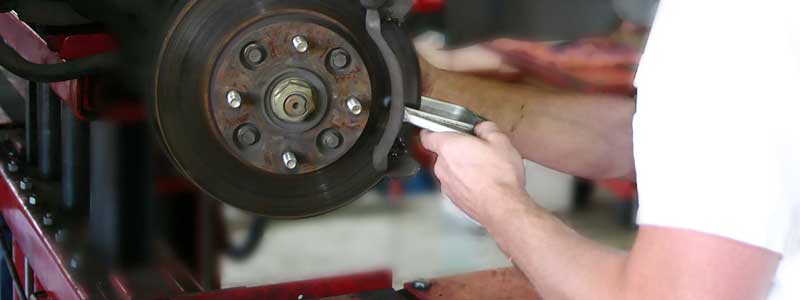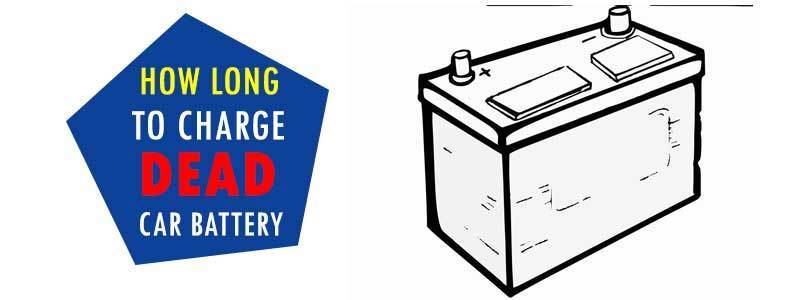Owning a decent car is everyone’s dream, but most of the people do not pay adequate heed to its maintenance.
A good driver always knows when to make necessary changes in order to keep the vehicle in its best- performance condition.
One of these considerations is frequently checking the oil level in the car and changing it when required. Engine oil provides necessary lubrication for parts that run in collaboration so that they don’t wear out.
An important question is when to check the engine oil. Either to do it when your car is hot and running or when it is cold? In this article, we will give you an extensive outlook on when to check the oil and why.
Check Transmission Fluid Hot or Cold
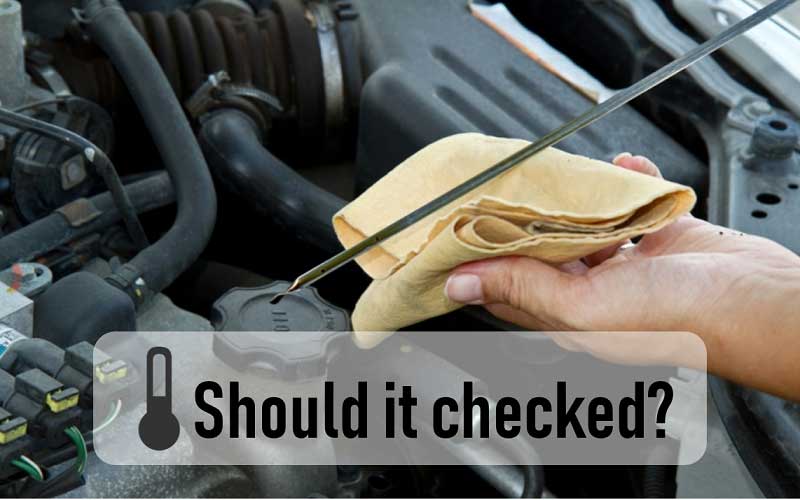
Oil checking
When checking the oil level, accuracy is of prime importance. You should know exactly when to change your oil and avoid any complexities. If you don’t change your oil timely, it can even result in permanent damage to the engine.
The perfect time to check the engine in your car depends upon many factors. You have to account for factors like oil temperature and the ambient temperature. It also depends upon the type of oil you are using.
It is generally considered that the best time for checking is when the engine is warm, and that cold conditions do not really matter or count for. However, your oil level might become lower if the engine is too hot.
The true thing is that you can check the oil at any temperature efficiently if you have the knowledge of your oil composition and behavior.
Another way to judge is the number of miles your car has traveled as the oil used is directly related to the amount of the time the vehicle has been used.
Different Vehicles have different Requirements

Different types of Vehicles
In actuality, it hardly matters whether the oil is hot or cold. Different manufacturers adjust their dipsticks parallel to different situations. Hence, you should also look at the manual to know when to check the oil of your particular car.
When the Car is cold
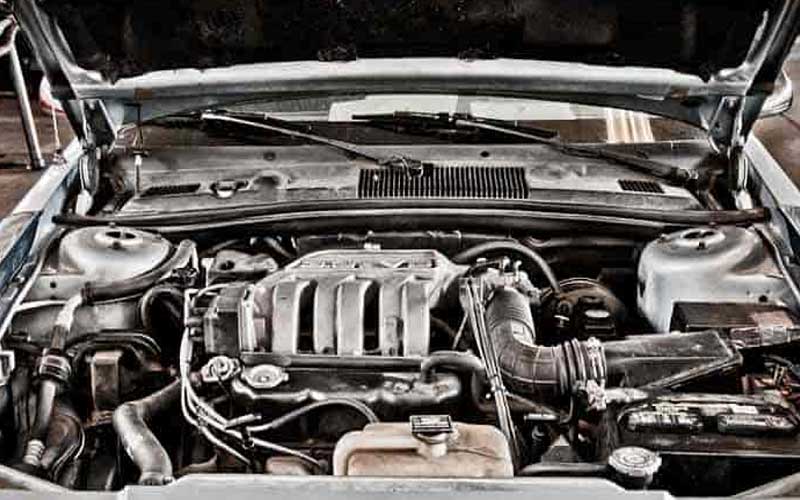
Temperature: Cold
When the car is cold and has not started for a long time, all the oil from different parts of the car has traveled down to a nominal level.
Cold conditions also promise more accuracy as the error due to expansion has not to be accounted for. So the oil level in the oil pan is ideal, and there is no heat; you can rest most assured that the reading you got is perfect.
Note that the oil in the pan when the engine is hot is not any extra oil. It is basically the oil used up to alleviate high temperatures in order to protect the engine from ceasing.
This excess is for the reason that there is adequate oil in the car if most of the required amount burns away after absorbing heat from different parts of the engine.
Another fact is that when the car is left overnight, the oil is thicker. It settles and does not move freely. As a result, you may not get the exact reading, which is obtained if you check after some time when the car is stopped.
When the Car is Hot
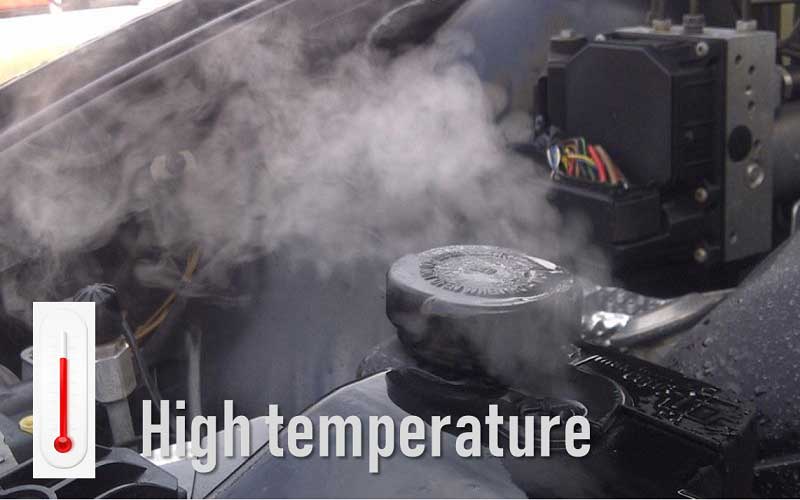
Temperature: Hot
You have to take care of a few things while checking oil when your car is warmed up. First is that don’t check the oil immediately after stopping as all the oil has not reached the oil pan.
Secondly, you also have to take care of the volume expansion. When he oil heats up beyond a certain level, it undergoes noticeable expansion, which has to be accounted for.
A good way is to let the oil settle in and cool up for some time and then check the oil level to get a better reading.
This brings us to the point where we consider the vehicle manufacturer’s instructions. Some manufacturers like Ford have re-calibrated their dipsticks to account for the small amount of oil that might not have reached the oil pan.
This is done due to the fact that most of the drivers tend to check their engine oil during the trip and not before it. Hence, the manufacturers make amendments in accordance with that.
Surface Level
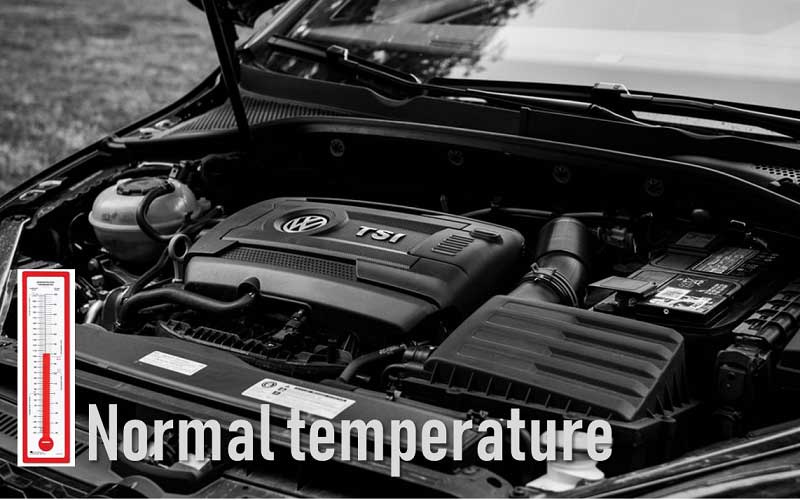
Temperature: Surface Level
You might be missing out on this one, and you can’t be blamed for it. It is indeed an easy miss. As strange as it sounds, you have to regard the surface leveling as well while checking the oil.
If the car is standing on a steep road, you are at the risk of getting the wrong measurement. You must get your vehicle to a straight road before checking the oil to make sure there’s no mishap.
Oil Type
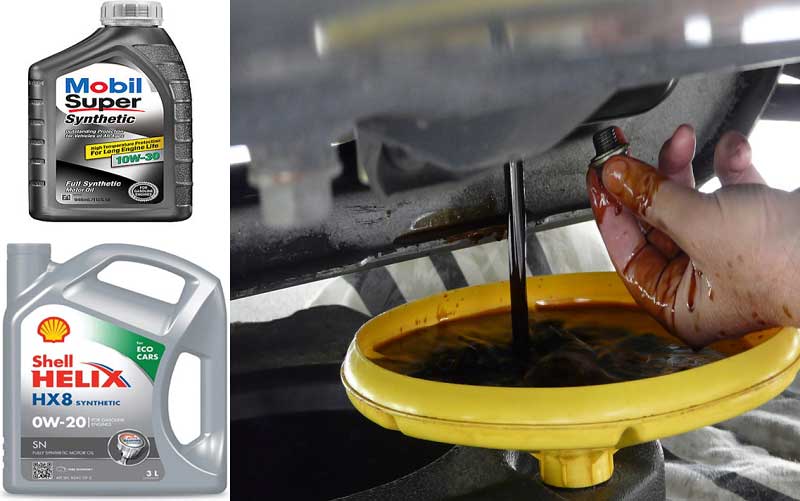
Oil Type
Another condition that affects your decision to check the oil at a certain condition (hot or cold) is the type of oil you are using. As different types of oil show differences in their reaction to warming up, they will give different results.
Now, I will discuss two main types of oil which differ in properties and when to check the oil if you are using them.
Synthetic Oil
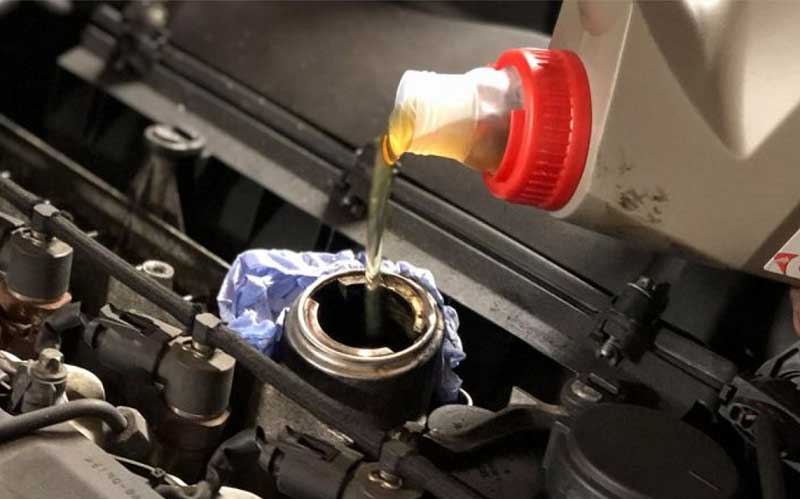
Synthetic Oil
As the word suggests, these oils are not natural. These oils are made from the compounds which are artificially made. The raw materials used in such oils are chemically modified.
It is experimentally shown that synthetic oils react more rigorously to heat. They show a significantly higher rate of expansion and contraction due to a change in temperature.
This shows that synthetic oils could be much tighter in the cold and that they could expand much more than normal in hot.
As a result of this, you will need to give the vehicle extra time so that the oil can come back to its normal state to measure the right amount of oil present in it. Such types of oils are better measured in warm conditions. Another suggestion for you that you can use coolant that makes hot or cold balance in car engine fluid.
Regular Oil
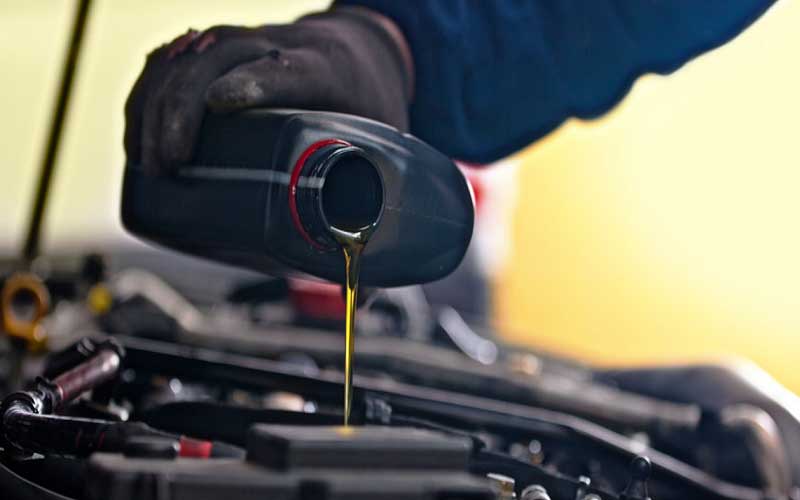
Regular Oil
These are natural oils. They don’t show much of a reaction to change in temperature unless it is too high. They will show normal expansion and contraction.
These oils can be checked in both hot and cold conditions. It is due to the very reason that these oils do not show much reaction to heat.
Electronic Oil Controller
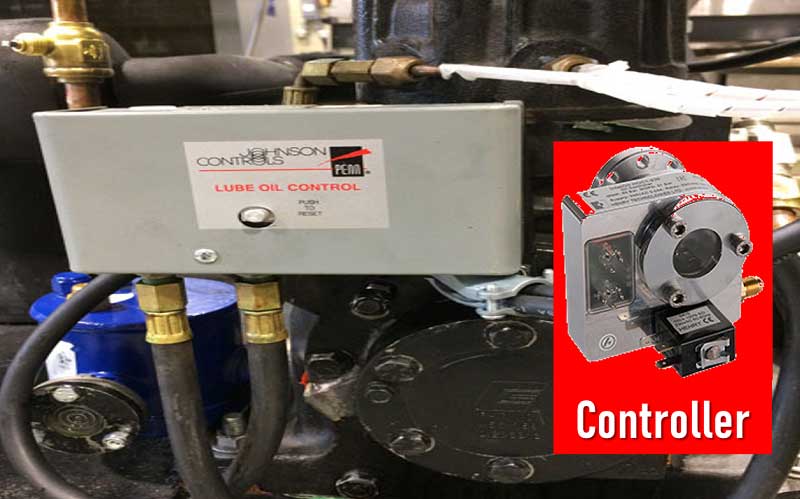
Oil controller
The advanced cars coming nowadays have an electronic oil controller attached, which aids in the checking process.
An oil controller will only allow you to check the oil if the condition in which the car is kept is in parallel to the instructions in the manual.
Normally, it will only measure the oil when the car is moderately warm and is standing on a flat surface.
Environment Temperatures
Outside conditions such as temperature also affect the oil level. If the outside temperature is too cold, the measurement will not be perfect, no matter which type of oil you are using.
In such a condition, you need to run your vehicle for ten to fifteen minutes to make sure that the oil flows properly. You can also leave the car idle and in ON position for this purpose.
Read Also:
How to check the Engine Oil
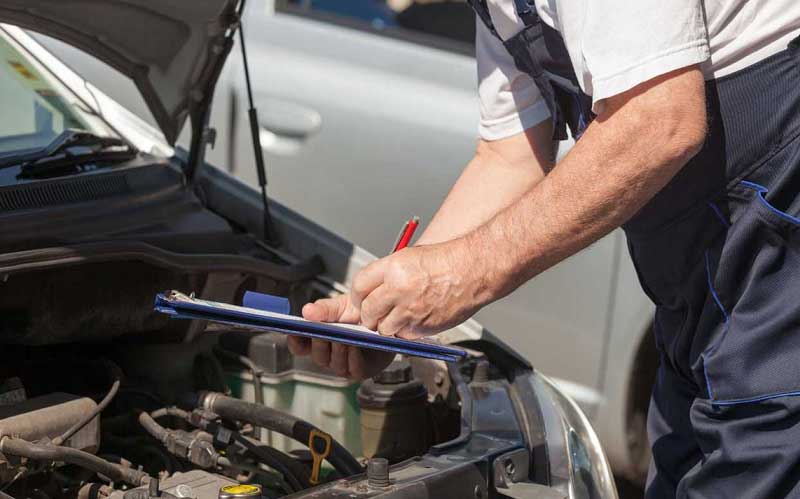
Check engine oil
It is also important that you know how to check the oil before considering the temperature at which you check. Here, we will go through the basic steps, which will give you a head-start.
After making sure that the surface is leveled, find an old piece of fabric to protect your arms. After checking the instructions on the manual, warm your car up or start measuring in cool condition accordingly.
Now turn OFF your car if you turned it ON and proceed further. Open the hood and lock it. Once you have locked the hood, find the dipstick. The dipstick will be easy to find, as it is a long yellow or orange circular handle.
Once you’ve located the dipstick, pull it out and wipe it thoroughly with the old fabric to remove the oil so as to avoid incorrect readings. Now insert the stick again in the panel and pull it out afterward.
Check the oil level on the stick. It is easy to detect as the stick color is light, and oil is darker than it. If the oil level is normal as indicated in the stick, just insert it back again.
If the oil level is below normal, add more oil in the engine until it meets the normal line on the dipstick.
Final Thoughts
It is a famous proverb that “care is better than cure.” So, you better spare a few minutes from your precious time in order to check the engine oil frequently and timely.
A well-maintained engine gives a very good performance. If you do not change your oil well in time, it can result in several other predicaments as it is a very crucial part of the engine.
It will take some time for you to adjust with your car’s engine and dipstick so that you do not pour too much or too little oil but, believe me, that time will be well-invested!

